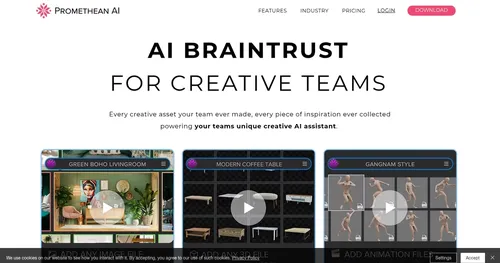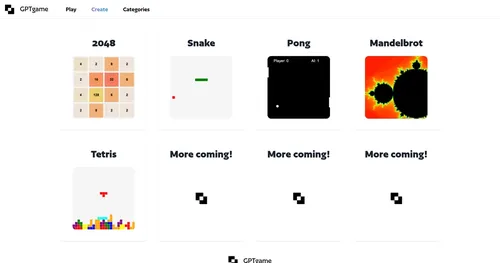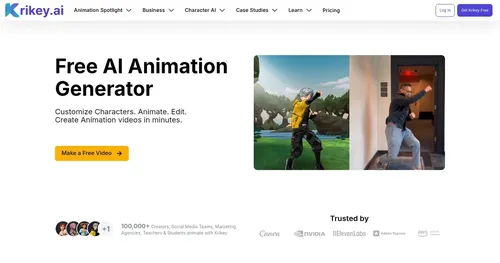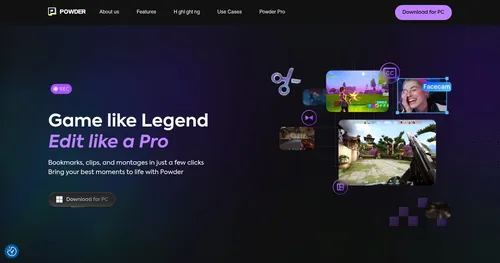Infinite Worlds by Friendly Fox Games
Infinite Worlds is an AI-powered web app for creating and playing interactive text-based adventure games. Users input prompts to define settings, characters, and initial scenarios, and the system generates narrative responses along with AI-created images. It employs OpenAI’s GPT-4 model for text generation to maintain story continuity and Stable Diffusion for visuals that align with described events. Core functionality includes turn-based progression where player actions advance the plot, with built-in memory to track prior choices and apply consequences.
Key features encompass world creation tools for custom universes, such as fantasy realms or sci-fi battles, and the Storyteller mode that allows real-time adjustments via a secondary input panel. Editing capabilities enable modifications to scenarios at any point, including access to system notes that influence AI behavior. The app supports diverse genres, from standard RPGs to user-generated content like fanfiction adaptations or transformation stories. Community sharing occurs through unique links, allowing others to access and modify worlds. Technical implementation runs browser-based, processing prompts in under ten seconds typically, with no installation required.
Competitors include AI Dungeon, which emphasizes infinite randomization but lacks strong editing tools, and NovelAI, focused on story writing with similar subscription models though less game-oriented. General pricing follows a freemium structure, offering limited free turns before requiring a monthly subscription comparable to rivals, around mid-tier costs for unlimited access. Users report positives like responsive AI in about 95 percent of interactions and immersive visuals, but note drawbacks such as occasional misinterpretations needing corrections and restrictions on free play length. A surprise element is the depth of NSFW support in user creations, handled without content filters in private sessions.
The app updates periodically to refine AI accuracy, reducing hallucinations in long sessions, and integrates user feedback for feature tweaks like improved mobile compatibility. Paragraphs vary in length for dynamic pacing, with short responses for quick actions and extended ones for scene descriptions.
Test basic prompts first to evaluate response quality, then advance to complex edits for fuller engagement.
Video Overview ▶️
What are the key features? ⭐
- World Creation: Users define custom settings, characters, and plots via prompts to generate personalized adventure backdrops.
- Storyteller Mode: A side panel allows real-time instructions to guide AI narrative adjustments during gameplay.
- Image Generation: Integrates Stable Diffusion to produce visuals matching story descriptions for immersive text adventures.
- Scenario Editing: Tools enable ongoing modifications to worlds, including backend notes that shape AI outputs.
- Community Sharing: Unique links let users publish and access others' creations for collaborative or solo play.
Who is it for? 🤔
Examples of what you can use it for 💭
- Aspiring Writer: Uses prompts to outline novel chapters, letting AI fill dialogues and scenes while editing for consistency.
- RPG Enthusiast: Crafts D&D-style campaigns with custom rules, generating encounters and tracking character progress across sessions.
- Fanfiction Creator: Adapts existing universes like Gundam into alternate stories, sharing links for community feedback and play.
- Casual Gamer: Explores premade worlds for quick adventures, inputting simple actions to experience branching narratives with visuals.
- Role-Player: Builds transformation or NSFW scenarios, using Storyteller mode to steer intimate plot developments dynamically.
Pros & Cons ⚖️
- Quick image gen
- Community worlds
- Good AI memory
- Paywall limits
- Occasional errors
FAQs 💬
Related tools ↙️
-
 Promethean AI
Artificial intelligence that builds virtual worlds
Promethean AI
Artificial intelligence that builds virtual worlds
-
 Noctie
A chess AI that mimics human play from beginner to grandmaster level
Noctie
A chess AI that mimics human play from beginner to grandmaster level
-
 GPTGame
An AI platform that allows users to generate and play games instantly
GPTGame
An AI platform that allows users to generate and play games instantly
-
Convai Enables characters in virtual worlds to converse naturally and perform complex actions
-
 Krikey
An AI-powered animation maker for creating videos, games, and more
Krikey
An AI-powered animation maker for creating videos, games, and more
-
 Powder
An AI-powered video editing platform for gamers and content creators
Powder
An AI-powered video editing platform for gamers and content creators

